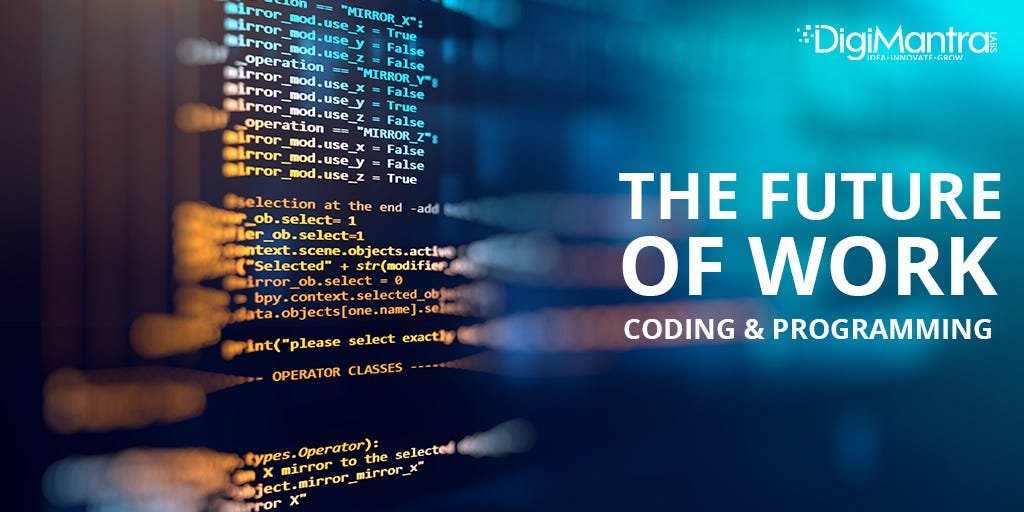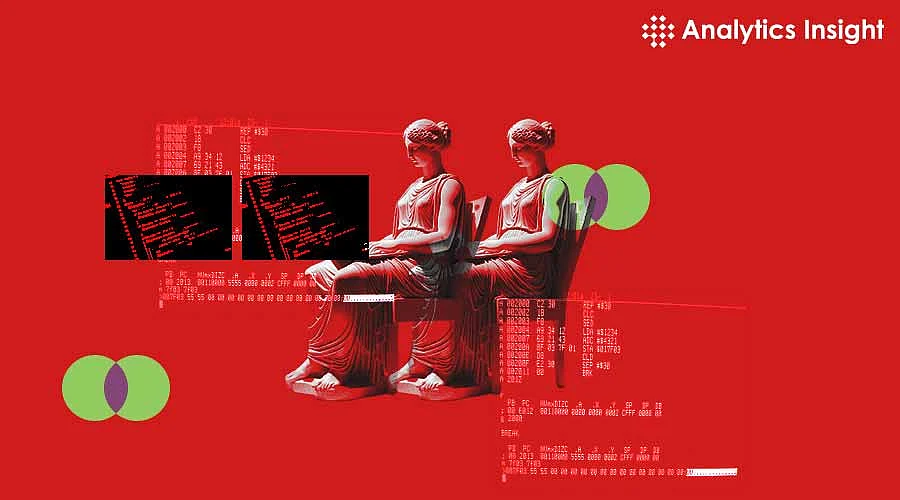
Evolution of Programming Languages
Historical Overview
The evolution of programming languages is a fascinating journey that mirrors the advancement of technology itself. It all began in the 1940s with assembly languages that required programmers to write code in a way machines could understand. As computing became more complex, higher-level languages emerged, such as FORTRAN and COBOL, designed for scientific and business applications respectively. Personal experience highlights the significant impact FORTRAN had on scientific computing during its inception, allowing researchers to solve complex equations more swiftly than ever before.
Fast forward to the 1990s, programming witnessed a boom with the introduction of languages like Java and C++. These languages offered a blend of portability, efficiency, and user-friendliness, establishing the standards for modern programming.
Impact of Technological Advancements
Technological advancements have continually shaped the trajectory of programming languages. Factors such as increased processing power, the rise of the Internet, and the emergence of software engineering principles have driven innovation. Consider the following key impacts:
- Improved Performance: As hardware evolved, languages adapted to exploit this power, enhancing execution speed.
- Higher Abstraction Levels: More recent languages, such as Python and JavaScript, promote ease of use and readability, allowing developers to focus on problem-solving rather than code syntax.
- Frameworks and Libraries: The proliferation of libraries has empowered developers to build complex applications more efficiently, making programming accessible to a broader audience.
This evolution signals a shift towards agility and adaptability in programming, setting the stage for the exciting advancements yet to come.

Artificial Intelligence and Machine Learning Integration
Role of AI in Programming
As programming languages continue to evolve, artificial intelligence (AI) has stepped into the spotlight, revolutionizing how developers approach coding. Personally witnessing AI tools like GitHub Copilot assist in writing code has been a game-changer. AI now helps automate repetitive tasks, debug errors, and even suggest improvements, significantly increasing productivity. Consider these functions where AI is making an impact:
- Code Generation: AI can generate code snippets based on natural language prompts, allowing developers to focus on higher-level design.
- Error Detection: Modern AI tools analyze code for potential bugs before they become issues, resulting in cleaner, more efficient written code.
- Personalized Learning: AI-based platforms adapt to individual coding styles, offering tailored suggestions that enhance learning and proficiency.
Future of ML in Coding
Looking ahead, machine learning (ML) is set to play a crucial role in programming. The future holds several exciting possibilities, including:
- Automated Refactoring: ML algorithms can analyze existing codebases to suggest optimizations, improving performance and maintainability.
- Intelligent Testing: Automated testing tools powered by ML will evolve to predict and generate test cases, reducing the burden on developers.
- Natural Language Interfaces: Expect to see more environments allowing programmers to code simply by describing what they want in plain language.
As ML techniques become more sophisticated, the coding process will likely transform even further, empowering developers to unleash their creativity like never before.
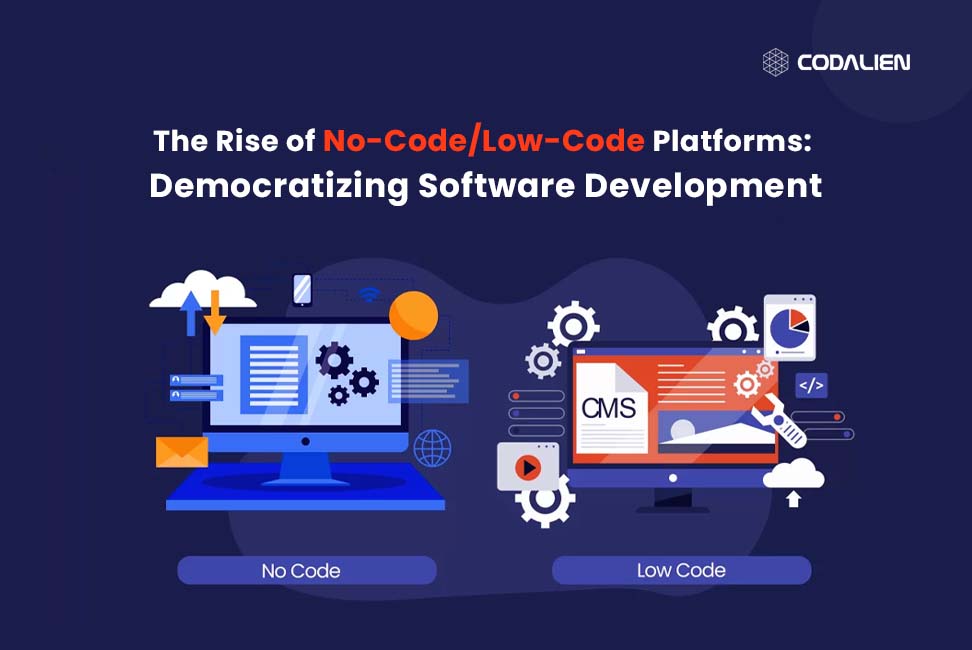
Rise of Low-Code and No-Code Platforms
Advantages and Limitations
The advent of low-code and no-code platforms has reshaped software development, enabling individuals with little to no coding experience to create applications. I’ve seen firsthand how these platforms empower businesses to accelerate their development cycles. Key advantages include:
- Speed: Rapid application development allows businesses to launch products quickly, keeping pace with market demands.
- Accessibility: Non-developers can contribute to projects, fostering collaboration between technical and non-technical team members.
- Cost-Effectiveness: Reduced need for extensive coding resources leads to lower development costs.
However, there are limitations to consider as well:
- Customization: While templates provide a good start, complex applications may require traditional coding for deeper functionality.
- Scalability Issues: Products built on low-code platforms can face challenges when scaling to handle higher loads or advanced features.
Market Trends and Adoption Rates
Market trends indicate a strong upward trajectory for low-code and no-code adoption, driven by the need for digital transformation across industries. Recent studies suggest that over 60% of enterprises plan to increase their low-code investments in the coming years. Key trends include:
- Emphasis on Citizen Development: Organizations are encouraging employees from various departments to participate in building applications, breaking down silos.
- Integration with Existing Systems: Platforms now offer seamless connectors to popular enterprise tools, simplifying workflows.
- Focus on Security: As adoption expands, low-code solutions are placing more emphasis on security features to address concerns of potential vulnerabilities.
As these platforms become mainstream, they will likely redefine the programming landscape, making it more inclusive and efficient for everyone involved.

Quantum Computing and Programming
Basics of Quantum Computing
With the rise of low-code and no-code platforms, the programming landscape is evolving to accommodate revolutionary technologies like quantum computing. At its core, quantum computing harnesses the principles of quantum mechanics to process information in fundamentally different ways. Unlike classical bits that represent either 0 or 1, quantum bits or qubits can exist in superpositions of states, allowing computations that were previously unimaginable.
I’ve spoken to several tech enthusiasts who describe the excitement around quantum computing as akin to that of the early internet. Some key characteristics of quantum computing include:
- Superposition: Qubits can represent multiple states simultaneously, enabling parallel processing.
- Entanglement: Qubits can be linked, meaning the state of one can instantly influence another, no matter the distance.
- Quantum Interference: Algorithms can be designed to amplify the probability of correct outcomes while canceling out incorrect ones.
Programming Languages for Quantum Development
As the interest in quantum computing grows, so does the need for specialized programming languages. Traditional programming languages are not equipped to handle quantum algorithms, necessitating the development of new languages such as:
- Qiskit: Developed by IBM, Qiskit is a popular open-source framework for quantum computing that allows users to create quantum programs and run them on real quantum hardware.
- Cirq: This Google-developed framework focuses on quantum circuits and simulations, making it easier for scientists and engineers to bring quantum algorithms to life.
- Quipper: Quipper is designed for quantum algorithms and emphasizes composability, making it particularly useful for researchers focusing on specific quantum applications.
As quantum programming continues to advance, researchers and developers are excited about unlocking its potential, making it an essential area for those interested in the future of programming.
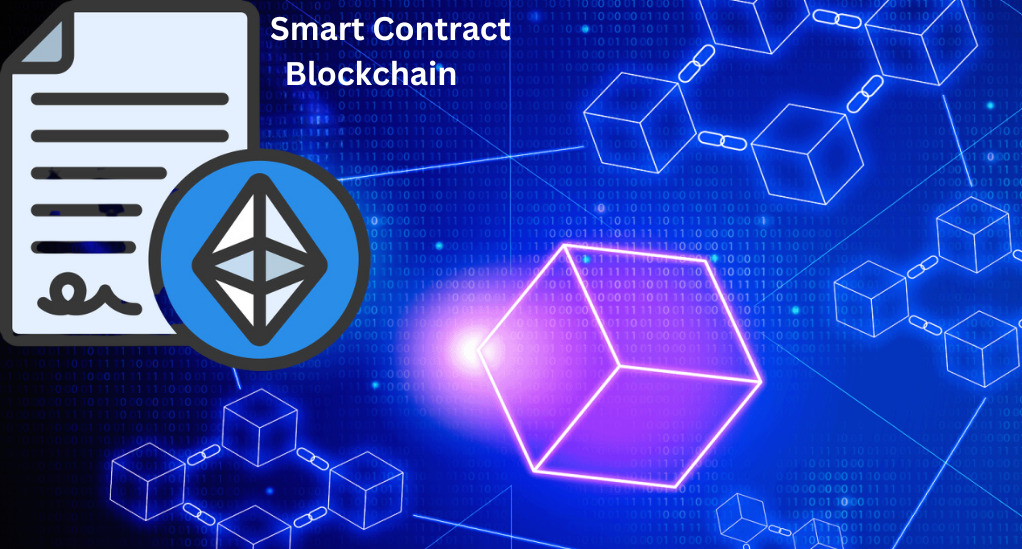
Blockchain and Smart Contracts
Programming for Decentralized Applications
Following the exploration of quantum computing, another groundbreaking area reshaping the tech landscape is blockchain technology. The advent of decentralized applications (dApps) has revolutionized how we think about software development. Unlike traditional applications that rely on centralized servers, dApps utilize blockchain’s distributed ledger for enhanced security and transparency. Personally, I’ve had the chance to interact with several dApps, which made the potential of this technology evident. Here are some essential aspects of programming for dApps:
- Decentralized Architecture: Developers need to design applications that run on a network of nodes rather than a single server.
- Interoperability: dApps must be able to communicate with multiple blockchains, necessitating thoughtful design.
- Smart Contracts: These are self-executing contracts with the terms directly written into code, facilitating trustless interactions.
Smart Contract Development Advancements
The journey of smart contract development has witnessed remarkable advancements in recent years. Initially, Ethereum dominated the field, but many emerging platforms are expanding possibilities. Some key trends include:
- Language Evolution: New languages like Vyper and Solidity are tailored specifically for writing secure smart contracts, offering features that enhance code safety.
- Tooling: Platforms like Truffle and Remix provide robust environments for testing and deploying smart contracts, making the development process more efficient.
- Regulatory Compliance: As the legal landscape surrounding blockchain evolves, tools are being designed to help developers ensure compliance with regulations.
As innovations continue to unfold, blockchain technology and smart contracts are set to redefine digital interactions, creating new opportunities and challenges for programmers everywhere.
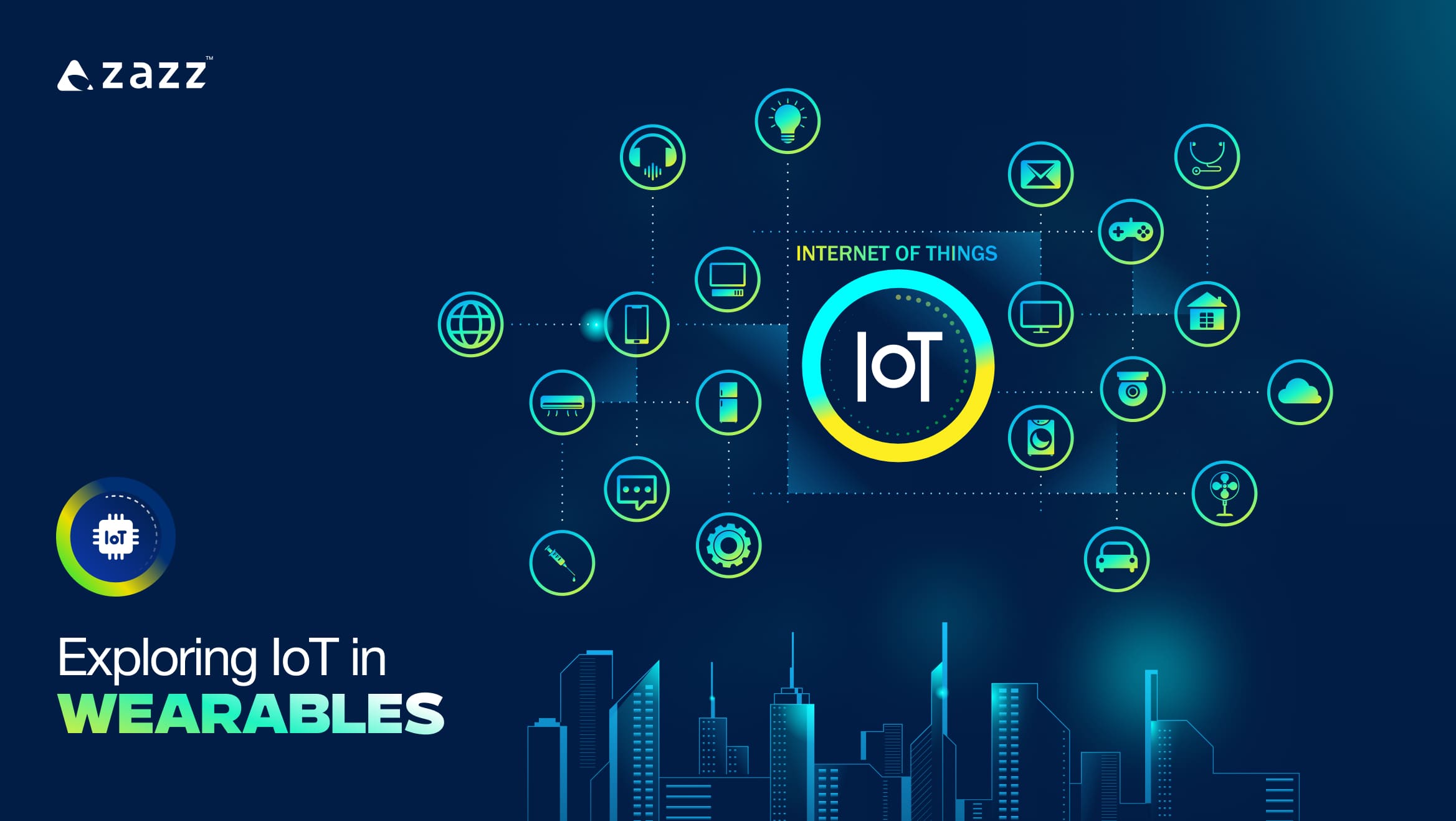
Internet of Things (IoT) Programming
IoT’s Influence on Programming
Transitioning from the development of blockchain and smart contracts, the rise of the Internet of Things (IoT) is another transformative force in the programming domain. IoT connects everyday devices to the internet, enabling them to send and receive data. My recent experience with smart home devices made it evident how programming now influences everyday life. Key influences of IoT on programming include:
- Adaptation of Languages: Languages like Python and JavaScript have found special use cases in IoT applications, helping developers connect devices through various protocols.
- Edge Computing: With IoT, data processing at the edge (near the device) reduces latency and bandwidth, prompting developers to rethink architecture and design.
- Enhanced Security Measures: Due to the massive amounts of data exchanged between devices, security has become paramount, influencing programming practices significantly.
Challenges and Opportunities in IoT Development
While IoT offers exciting opportunities, it also presents unique challenges that programmers must navigate. The following outlines some ongoing hurdles and potential prospects:
- Interoperability: A variety of devices and communication protocols can create complexity, demanding better standards and frameworks for seamless collaboration.
- Data Management: The sheer volume of data generated by IoT devices requires efficient storage, processing, and analysis solutions to draw actionable insights.
- Security Vulnerabilities: With numerous connected devices, the risk of cyberattacks increases, necessitating robust security measures in development.
Despite these challenges, IoT development provides immense opportunities to innovate in sectors ranging from healthcare to smart cities. As developers continue to tackle these issues, the IoT landscape promises to shape the future of programming in unprecedented ways.
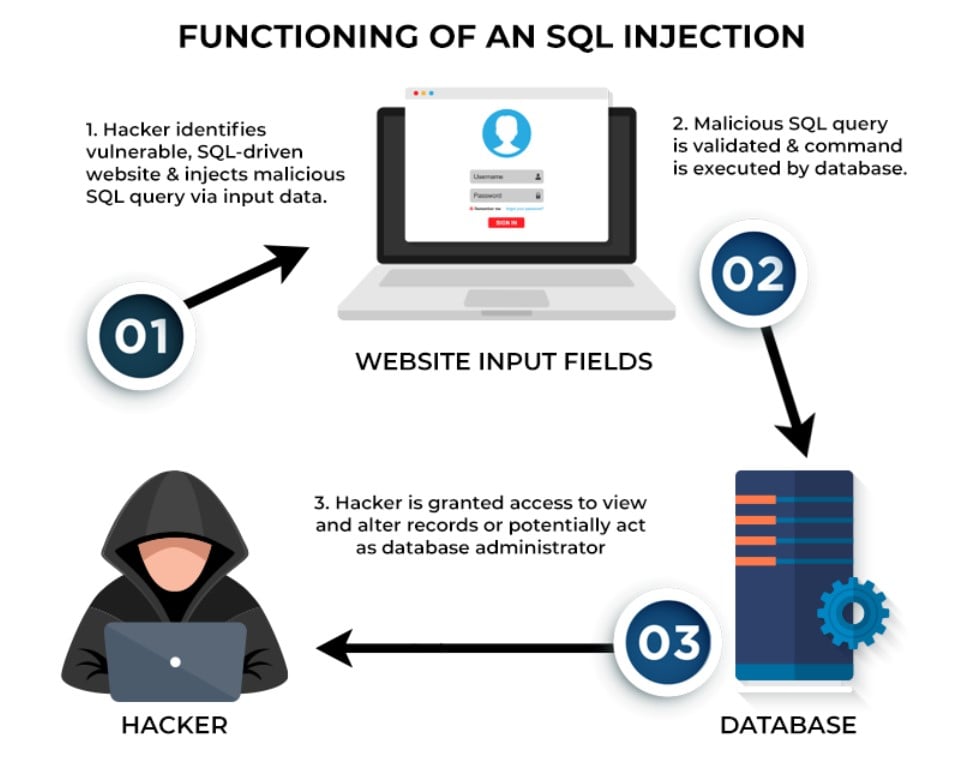
Cybersecurity in Coding
Importance of Secure Coding Practices
As we dive deeper into the realm of IoT programming, it becomes increasingly clear that cybersecurity must be at the forefront of every developer’s mind. The interconnected nature of devices amplifies the risks associated with weak coding practices. From personal experience, being part of a coding team that faced a security breach made me realize the necessity for robust secure coding practices. Here are some key points to consider:
- Prevention of Vulnerabilities: By adopting secure coding techniques, developers can proactively identify and eliminate vulnerabilities before they can be exploited.
- Data Integrity and Confidentiality: Secure coding helps protect sensitive information, ensuring that user data remains confidential and intact.
- Trust and Reputation: Organizations that prioritize security build trust with their users, enhancing their reputation in an increasingly competitive market.
Emerging Trends in Cybersecurity for Programmers
With the ever-evolving threat landscape, programmers must stay ahead by embracing emerging trends in cybersecurity. Here are some noteworthy advancements:
- Automated Security Testing: Tools that integrate security testing into the development pipeline help catch vulnerabilities early in the coding process.
- DevSecOps: This approach integrates security into the DevOps pipeline, encouraging collaboration among development, security, and operations teams from the outset.
- Zero Trust Architecture: This security model emphasizes strict identity verification for every user and device trying to access resources, regardless of their location within a network.
As globalization and technology intersect, developing secure applications is no longer optional; it’s a requirement. By keeping up with these trends, programmers can enhance their skills and contribute to a safer digital ecosystem.
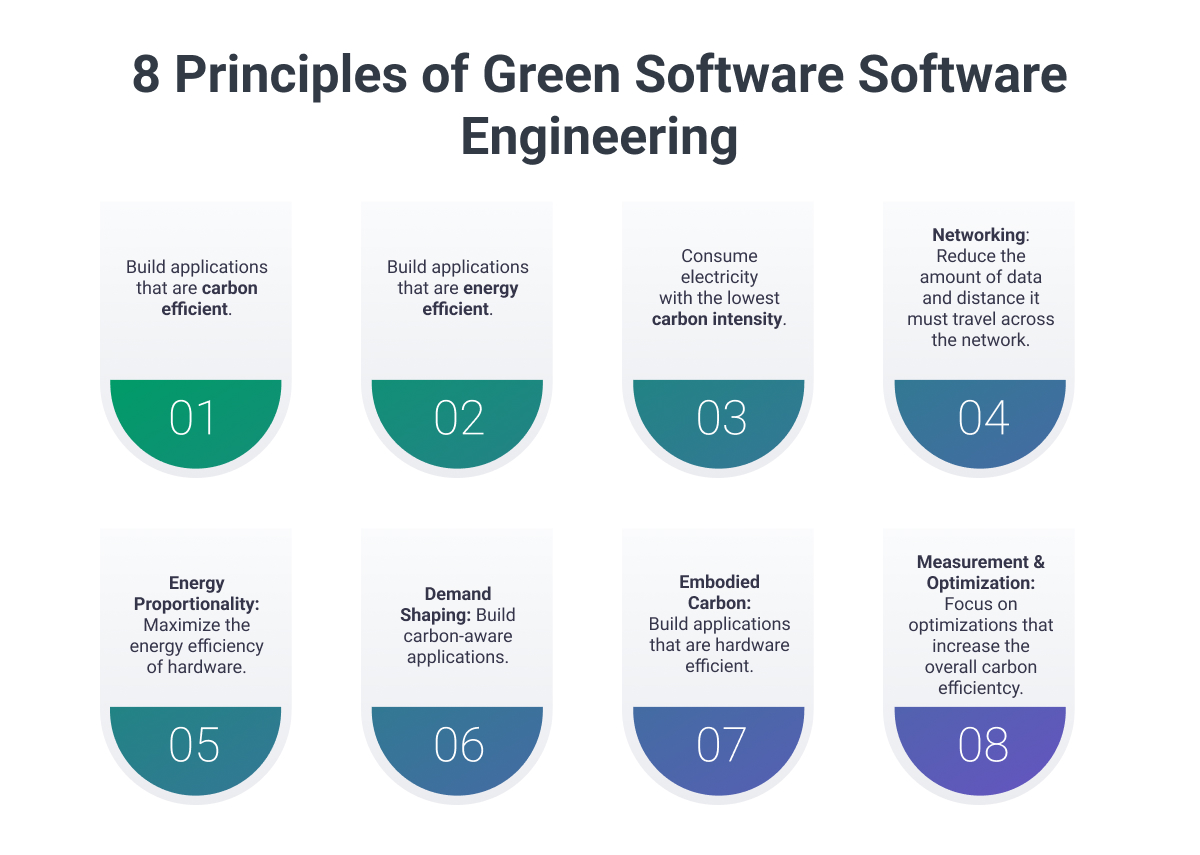
Sustainability and Green Programming
Green Software Development Initiatives
Building on the crucial theme of cybersecurity, another pivotal aspect in today’s tech landscape is sustainability. As awareness of climate change grows, green software development initiatives are gaining traction. From personal observance, discussions with fellow developers have underscored the importance of considering the environmental impact of our coding practices. Some key initiatives include:
- Energy-Efficient Coding: Writing code that optimizes resource usage helps reduce the energy consumption of applications. This includes minimizing server requests and optimizing algorithms.
- Sustainable Hosting Solutions: Opting for cloud services that use renewable energy sources significantly reduces the carbon footprint of web applications.
- Lifecycle Management: Developers are encouraged to consider the entire lifecycle of software, from development to deployment, and ensure sustainable practices are integrated at every stage.
Environmental Impact Awareness in Programming
As more programmers embrace sustainability, raising awareness about environmental impact becomes essential. Here are some ways programmers can stay informed and proactive:
- Understanding Eco-Friendly Tools: Familiarizing themselves with tools and libraries designed to minimize energy consumption can foster a more sustainable coding approach.
- Engagement in Carbon Footprint Calculations: Encouraging teams to participate in measuring their application’s carbon footprint helps spotlight areas for improvement.
- Promoting Green Initiatives: By advocating for and participating in company-wide sustainability programs, developers can lead by example, creating a culture of environmental responsibility.
As we move forward in the programming world, adopting sustainable practices will not only benefit the environment but also position developers as responsible stewards of technology.
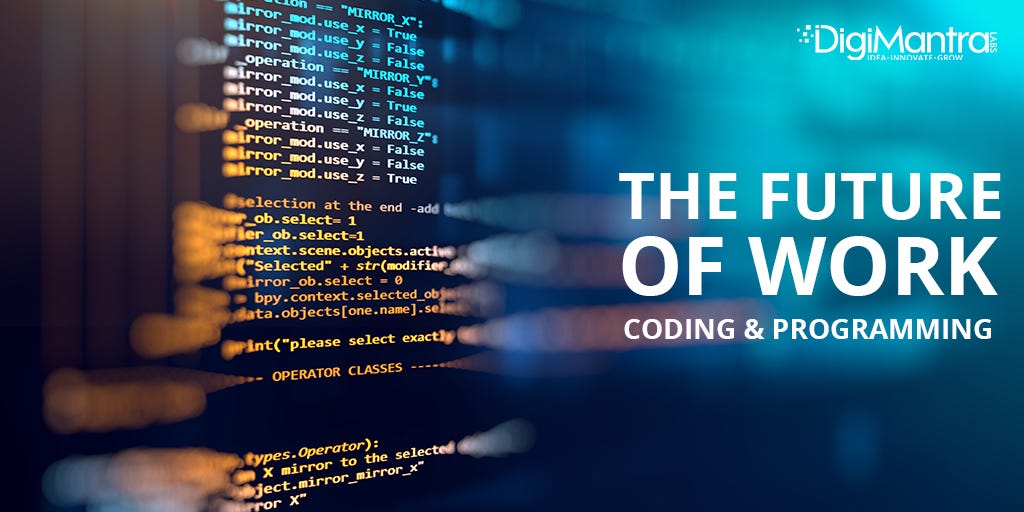
Collaborative and Remote Development
Tools for Remote Collaboration
Building on the emphasis on sustainability in programming, the shift toward collaborative and remote development has also transformed how teams function. The global situation in recent years has made virtual teamwork a necessity, leading to an emergence of powerful tools that facilitate remote collaboration. Having personally experienced the dynamics of working with distributed teams, I’ve come to appreciate the effectiveness of various platforms. Some popular tools include:
- Version Control Systems: Git and GitHub allow real-time code collaboration, tracking changes seamlessly across different team members.
- Communication Platforms: Tools like Slack and Microsoft Teams foster clear communication, enabling teams to collaborate in a chat-based environment.
- Project Management Software: Asana and Jira help keep projects organized, allowing teams to prioritize tasks and monitor progress together.
Future of Teamwork in Programming
Looking forward, the future of teamwork in programming is set to evolve even further:
- Increased Integration of AI: AI-driven tools will enhance collaboration by streamlining processes, automating routine tasks, and suggesting improvements in real-time.
- Hybrid Work Models: The blending of in-office and remote work will likely become the norm, providing teams with flexibility and allowing for diverse talent acquisition worldwide.
- Focus on Soft Skills: As collaboration becomes more crucial, programmers will need to hone their communication skills, adaptability, and emotional intelligence to work effectively with colleagues from different cultures and backgrounds.
Embracing these changes will not only improve productivity but also pave the way for a more inclusive and innovative programming culture.
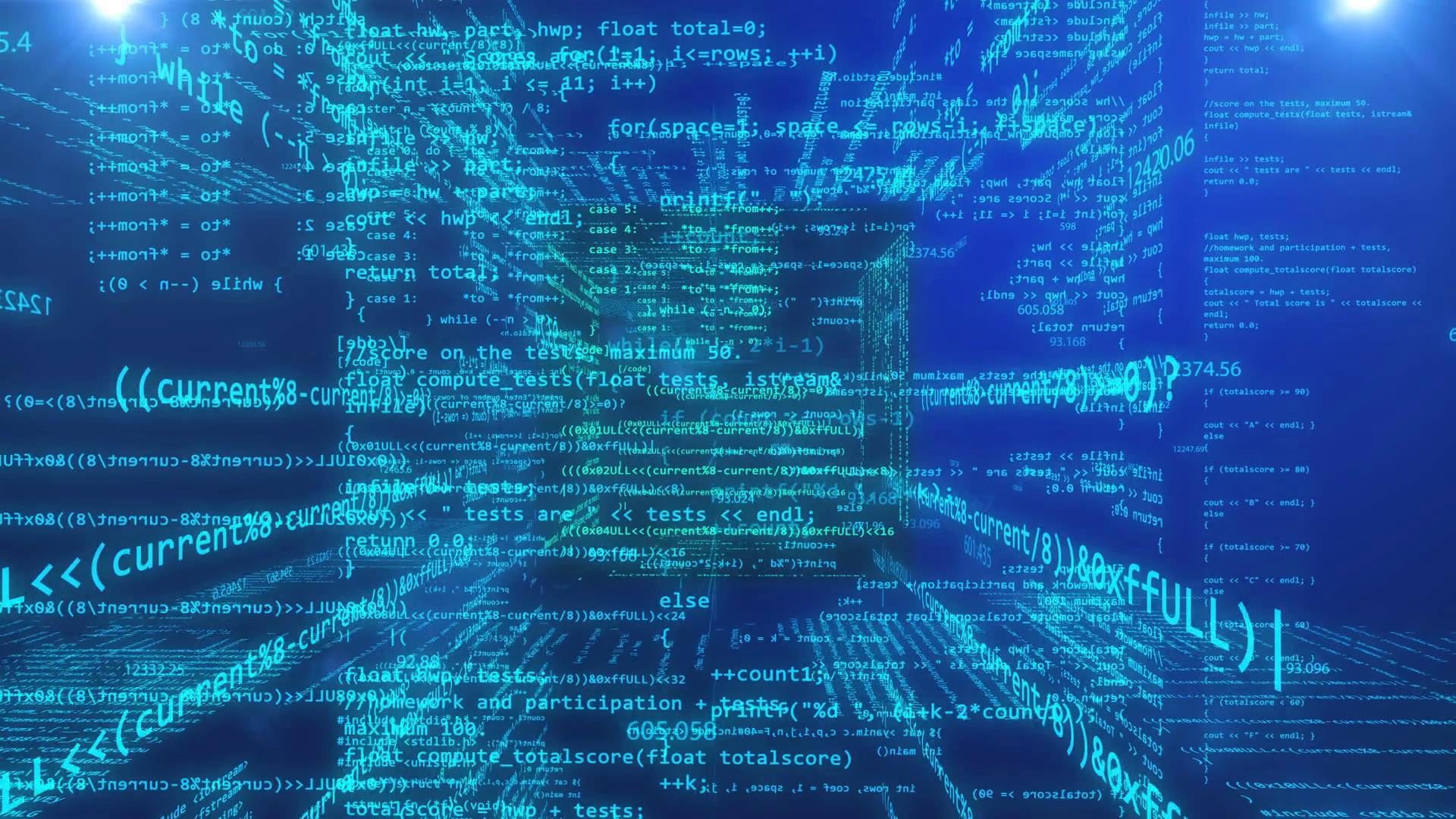
Conclusion and Predictions
Recap of Key Trends
As we wrap up this exploration into the future of programming, it’s evident that several key trends are shaping the landscape. From the integration of AI and machine learning in coding to the rise of low-code and no-code platforms, each development reflects a broader shift towards accessibility, efficiency, and innovation. Here’s a brief recap:
- Emphasis on Security: With the increasing importance of cybersecurity, secure coding practices have become essential.
- Sustainability Efforts: Green programming initiatives are gaining traction, prompting developers to consider the environmental impact of their work.
- Collaborative Development: The growth of remote teamwork tools continues to redefine how teams engage and collaborate across distances.
Forecasting the Future of Programming
Looking ahead, the programming field is poised for exciting transformations. We can expect more streamlined development processes, with AI-generated code assisting developers more frequently. Additionally, projects will increasingly prioritize user privacy and environmental sustainability, pushing for innovations that align with global challenges.
As we continue to explore these shifts, our blog, TECHFACK, is dedicated to providing insightful content on emerging trends and best practices in programming. We believe that by staying informed, developers can shape a future where technology positively impacts the world. Embrace these changes, and let’s venture into a new era of programming together!
